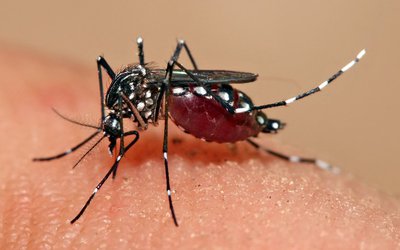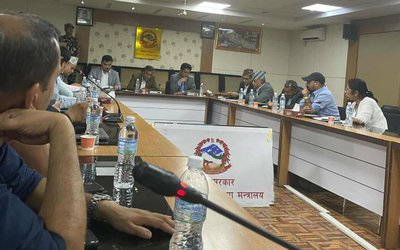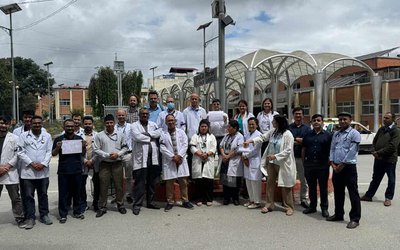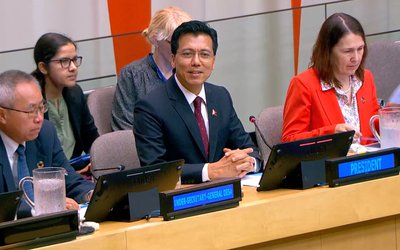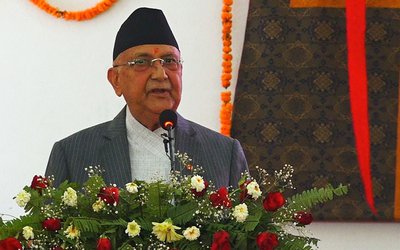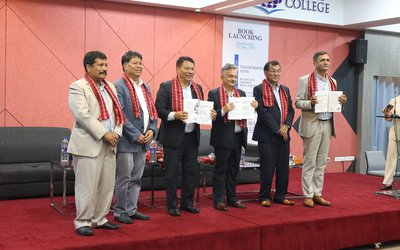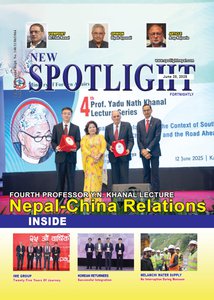
Led by Nepali student Isha Singh, followed by Madeline Morrisson, Sasha Shenk, Helen Jarnagin, Johanna Hauer, Ayesha Lobo, Lev Brown, Tamara Houck, Liora Altman-Sagan, Patricia A. Pioli, Michael L. Whitfield, and Jonathan A. Garlick, a recently published research article has made a breakthrough in understanding the complexity of T cells.
Published in Mary Ann Liebert, Inc.Link, Singh, a Ph.D. student in the Department of Biomedical Data Science at the Geisel School of Medicine at Dartmouth in Hanover, New Hampshire, USA, describes in detail the role of T cells in enhancing tissue complexity.
The authors wite the impact of our research results from incorporating human T cells to enhance the cellular complexity of 3D tissue models to study fibrosis in ways that more closely simulate the fibrotic tissue microenvironment. To our knowledge, this is the first time single-cell analyses have been used to demonstrate the diverse T cell subpopulations sustained in 3D skin-like tissues containing T cells, fibroblasts, and macrophages.
“Our studies demonstrate novel methods that incorporate T cells into complex, 3D in vitro systems that may help to address fundamental questions related to stromal cell–immune cell cross talk in healthy and fibrotic tissues. Our findings are a step toward creating novel 3D human tissue models for a variety of tissue types with functional immune cells from the same donor. Previous studies have developed skin-like tissues with a psoriatic phenotype that incorporated in vitro-activated T cells into decellularized dermis that showed elevated cytokine production,” authors write in their conclusion.
“Future studies will be needed to determine which T cell-derived cytokines can activate a fibrogenic response in fibroblasts in 3D tissue models, to further understand the immune–fibrotic axis in end-target organs such as skin, esophagus, and lung where macrophages have been identified as playing an essential role in tissue fibrosis.”
- Hamas Launches A Coordinated Fake Campaign Against Israel Disseminating False Narratives and Fabricated Images
- Aug 01, 2025
- Israel Accused Hamas For Launching The False Starvation Propaganda
- Jul 31, 2025
- US Threatens 25% Tariff For India, 'Penalty'
- Jul 31, 2025
- Thai, Cambodian military officials agree to stop fighting
- Jul 30, 2025
- US, China wrap up two days of trade talks in Stockholm
- Jul 30, 2025
